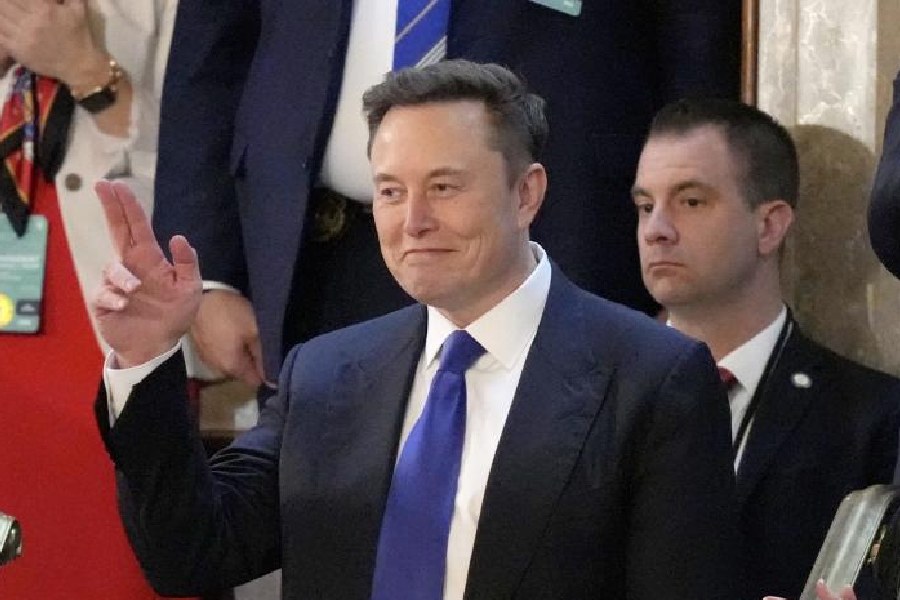A cheetah in the Kuno National Park, Madhya Pradesh, has given birth to four cubs, the Union environment ministry said on Wednesday, announcing the first cheetah litter in India’s wild in over seven decades.
Experts tracking India’s cheetah introduction project said GPS collar movements of the cheetah from Namibia named Siyaya had indicated she had given birth on March 24, but officials waited for “visual confirmation” of the cubs on Wednesday for the announcement.
“I am delighted to share that four cubs have been born to one of the cheetahs translocated to India,” Union environment minister Bhupendra Yadav tweeted.
Project staff waited until Siyaya went out to hunt before they approached what they believed was the site of her litter for a visual confirmation of the cubs. The staff only observed the cubs from a distance and did not touch them or determine their sex.
“We just got the visual confirmation today and left,” said Susan Yanneti, senior adviser for strategic initiatives at the Cheetah Conservation Fund (CCF), an international conservation organisation based in Namibia that had facilitated the transfer of eight cheetahs from Namibia into India last September.
“We give the mother as much space as possible, we do not interfere. We were waiting for her to hunt before moving in for visual confirmation,” Yanneti said. “Siyaya has hunted twice since giving birth on March 24, which is indicative of her adaptation and anticipated success with the cubs.”
Wildlife biologists have described the birth as boding well for the project that is aimed at establishing cheetah populations in India’s wild. India had declared the cheetahlocally extinct in 1952.
CCF’s conservation biologist Eli Walker monitoring the cheetahs through satellite-linked radio collars last week detected changes in Siyaya’s movement patterns, indicating that she had given birth. Walkerled the project team to the litter nest on Wednesday and took the pictures of the cubs.
“Cheetahs don’t have any reason to return to the same exact spot on a very regular basis except for mothers that have given birth,” Walker told The Telegraph. “So as soon as we see them through GPS data spending extended periods of time in the same location and returning to the same location, we know there’s a good chance she’s given birth.”
A former project scientist, Yadvendradev Jhala who had led the project since its start in 2009, had told this newspaper on Tuesday that two cheetahs in Kuno — Siyaya and Aasha — were likely pregnant after mating in December.
But a CCF spokesperson said: “We do not believe Aasha is pregnant.”
The confirmation ofthe birth comes two days after a cheetah from Namibia died in Kuno fromkidney failure.
“The four cubs will uplift spirits, but challenges lie ahead — we may experience more heartache when more cheetahs are released into the open wild,” said Vincent van der Merwe, a cheetah specialist with The Metapopulation Initiative, a project managing clusters of cheetah populations in South Africa. “We may experience natural mortality with cheetah cubs killed by leopards — but that kind of mortality is okay — it’s natural mortality.”











